The feed conversion ratio (FCR) is a critical measure of animal production efficiency in sheep farming. It helps farmers understand how well their animals convert feed into edible meat or milk for sale. A high FCR indicates that the animals are using their feed efficiently, while a low FCR means that the animals are not getting enough nutrients from their food.
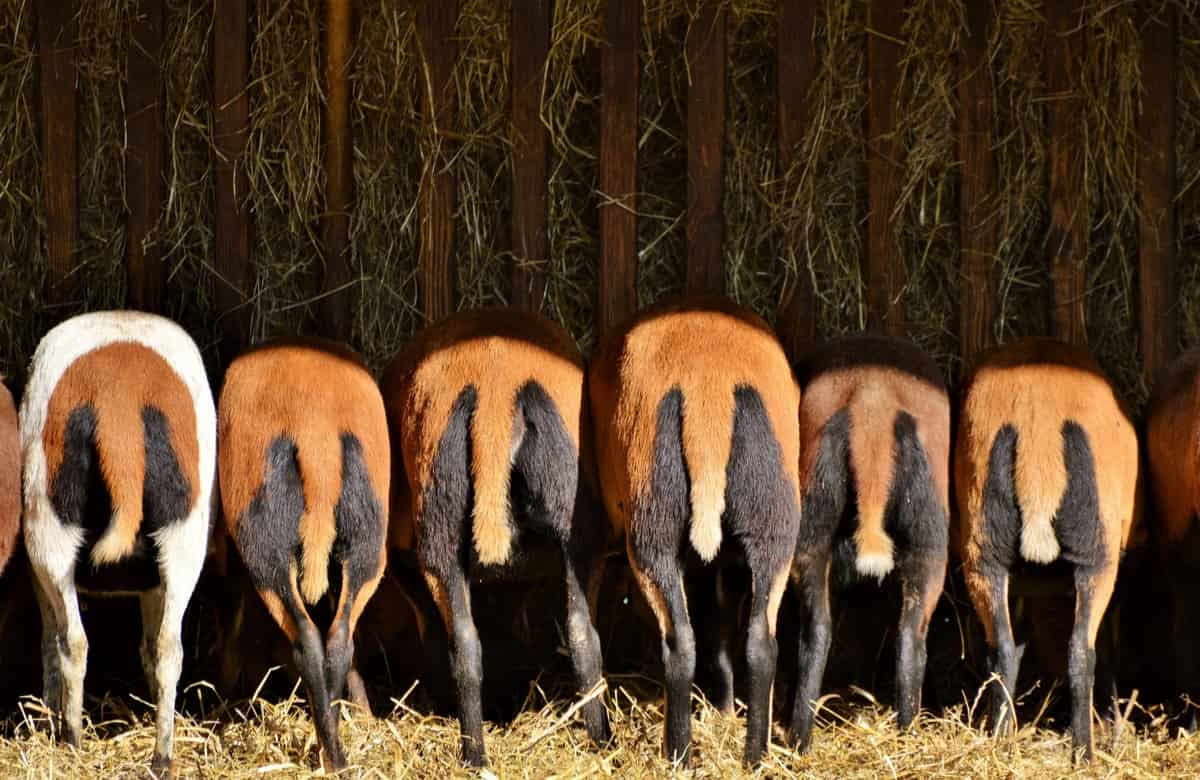
Key rules to improve Feed Conversion Ratio (FCR) in sheep
Why is improving FCR important in sheep farming?
It can help to improve the overall profitability of the operation. In addition, it can help improve the flock’s sustainability by reducing the amount of feed required per animal. Improving FCR can also help to improve animal welfare by reducing the incidence of problems such as digestive issues and obesity. However, the most obvious benefit is that it can lead to increased profits.
This is because higher FCR means that more of the feed ingested by the sheep is converted into meat, wool, or milk, which can be sold for a profit. In addition, improved FCR can lead to healthier and heavier animals and increased reproductive success. Therefore, improving FCR should be a key goal for any sheep farmer looking to improve the productivity and profitability of their operation.
FCR importance in sheep farming
- It helps ensure the sheep get the proper nutrition they need to grow and thrive. In addition, it helps to keep costs down by reducing the amount of feed needed to produce a given amount of meat or wool.
- It can help improve the overall quality of the flock by reducing disease incidence and promoting growth and development.
- Feed costs are one of the largest expenses in sheep farming, so a higher FCR means lower feed costs and improved profitability.
- A high FCR indicates good animal husbandry practices, which results in healthier and more productive animals.
- A higher FCR is also an indication of good genetic merit of the animals, which leads to higher quality offspring and improved flock productivity in the long term.
- A high FCR indicates efficient feed use, leading to lower production costs and higher profits. Conversely, a low FCR indicates inefficient feed use, leading to higher production costs and lower profits.
- A high FCR leads to lower production costs and higher profits, while a low FCR leads to higher production costs and lower profits.
- Sheep farming is a significant contributor to greenhouse gas emissions due in part to the methane produced by sheep during digestion. However, more efficient feed use (higher FCR) reduces methane emissions and helps improve the sustainability of sheep farming operations.
- Poorly managed sheep farms with low FCRS can lead to malnourished animals or health problems due to poor-quality diets. Good management practices that result in high FCRS help ensure that animals are well-nourished and healthy.
In case you missed it: Key Rules to Improve Feed Conversion Ratio (FCR) in Rabbits: For Profitable Rabbit Farming

Management strategies for improving FCR
The most important is to ensure that the sheep have access to high-quality forage. This means selecting forage sources high in crude protein and digestible energy. Good quality forage will help the sheep maintain a good body condition score and promote efficient digestion and nutrient absorption.
The critical management practice is to ensure that the sheep are adequately fed. This means providing them with a balanced diet that meets their energy and nutrient requirements. Overfeeding can lead to excessive body fat deposition and reduced feed efficiency, while underfeeding will result in poor body condition and reduced wool production. It is also important to offer the various sheep feeds, encouraging them to eat more and improve digestibility.
The important thing is to focus on providing the sheep with a high-quality diet. This means ensuring they have access to plenty of fresh, green pasture and a balanced ration of hay, grain, and other nutrients. Another essential strategy is to minimize stress and keep the sheep healthy. This includes providing them with clean water and shelter and keeping them free from parasites and disease.
It is also important to carefully monitor the feeding and growth of the sheep so that any problems can be quickly identified and corrected. Doing all these things will make it possible to improve FCR in sheep farming operations. Finally, monitoring the flock closely for signs of disease or parasites is important, as these can significantly impact feed conversion efficiency. Regular worming and vaccination programs should be implemented to minimize these risks.
How to calculate FCR in sheep framing?
- The first step is calculating your sheep’s daily dry matter intake (DMI). This is done by dividing the total weight of feed consumed daily by the number of sheep in the flock.
- Next, calculate the average live weight (ALW) of your flock. This is done by taking the total weight of all the sheep in the flock and dividing it by the number of sheep in the flock.
- Finally, to calculate FCR, divide the DMI by the ALW. For example, if the DMI was 10kg and the ALW was 50kg, the FCR would be 10/50 = 0.2.
- These simple calculations allow you to quickly and easily determine your flock’s FCR. As a result, you can improve your flock’s overall health and productivity by improving your flock’s FCR.
In case you missed it: Key Rules to Start Poultry Farming in Denmark: Business Plan, Breeds, Setup Cost, Profit, and Management
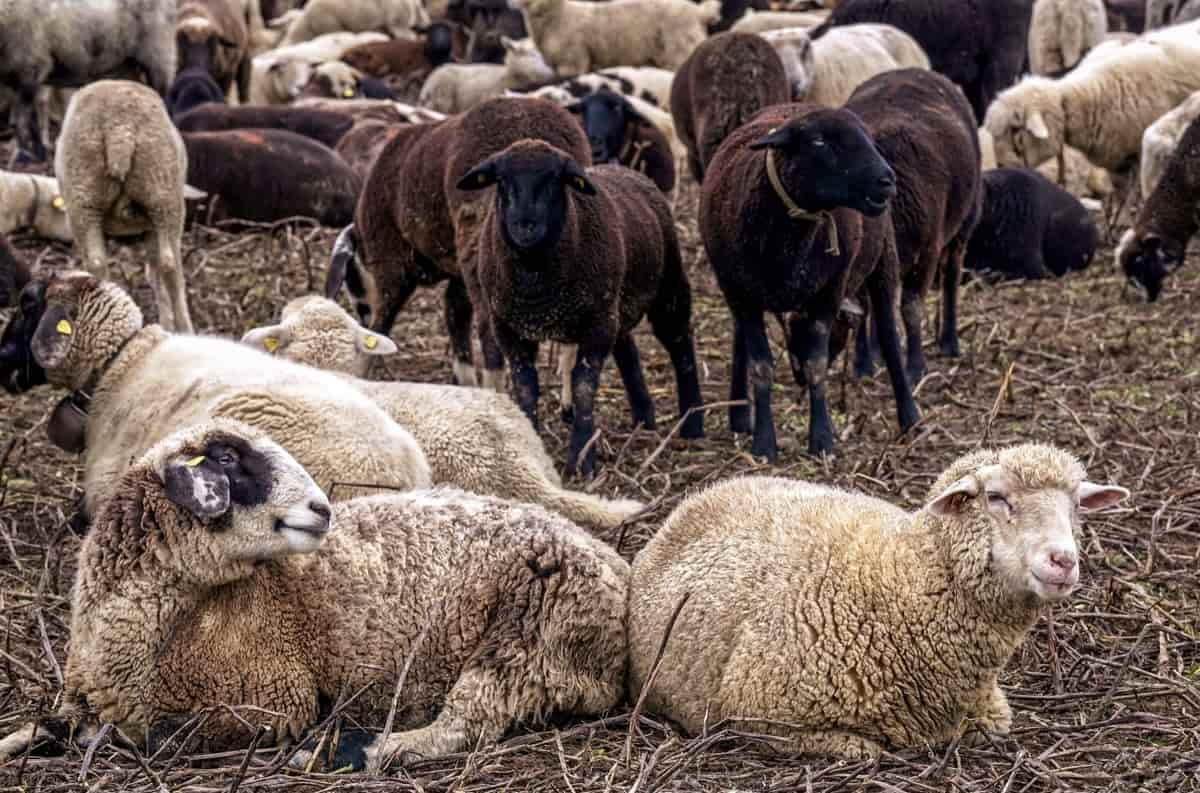
Steps to improve FCR in sheep farming
- Good nutrition is essential, and attention must be paid to the quality of pasture and hay and the nutritional content of any supplementary feeds.
- Bodyweight gain should be monitored and maintained at an optimal level, as this directly affects FCR. Where possible, lambs should be weaned early to reduce their dependency on milk and allow them to start digesting solid food sooner. Finally, regular health check-ups and prompt treatment of any health issues that arise will help keep sheep in peak condition and improve their overall FCR.
- Another critical factor affecting FCR is the age and health of the sheep. Younger, healthier sheep have higher metabolisms and can convert feed into body mass more efficiently than older or sicker sheep. This means that they will have better FCR regardless of the type of feed they are eating.
- Finally, management practices can also affect FCR. For example, if sheep are overcrowded, they may compete for food and not get enough to eat, leading to lower weight gain and poorer FCR. Similarly, if sheep are stressed due to poor husbandry practices, this can lead to lower FCR.
Key points to increase FCR in sheep farming
Select the right genetic stock – One of the most important factors influencing FCR is genetics. Therefore, selecting the right genetic stock for your farm is crucial. Make sure to consult with experts and use data from reliable sources when making your decisions.
Focus on nutrition – Another important factor influencing FCR is nutrition. Make sure your sheep get the right mix of nutrients by working with a qualified nutritionist. You need to make sure your sheep are getting proper nutrition. This includes feeding them a balanced diet and giving them fresh water.
Create a healthy environment – The environment is the third important factor influencing FCR. Creating a clean and stress-free environment for your sheep will help them stay healthy and perform at their best.
Monitor progress and adjust as necessary – Finally, it is important to monitor your flock’s progress and adjust your management practices. Regular monitoring will help you identify any areas where you can further improve FCR on your farm
In case you missed it: Key Rules to Improve Feed Conversion Ratio (FCR) in Fish: For Better Profits in Fish Cultivation
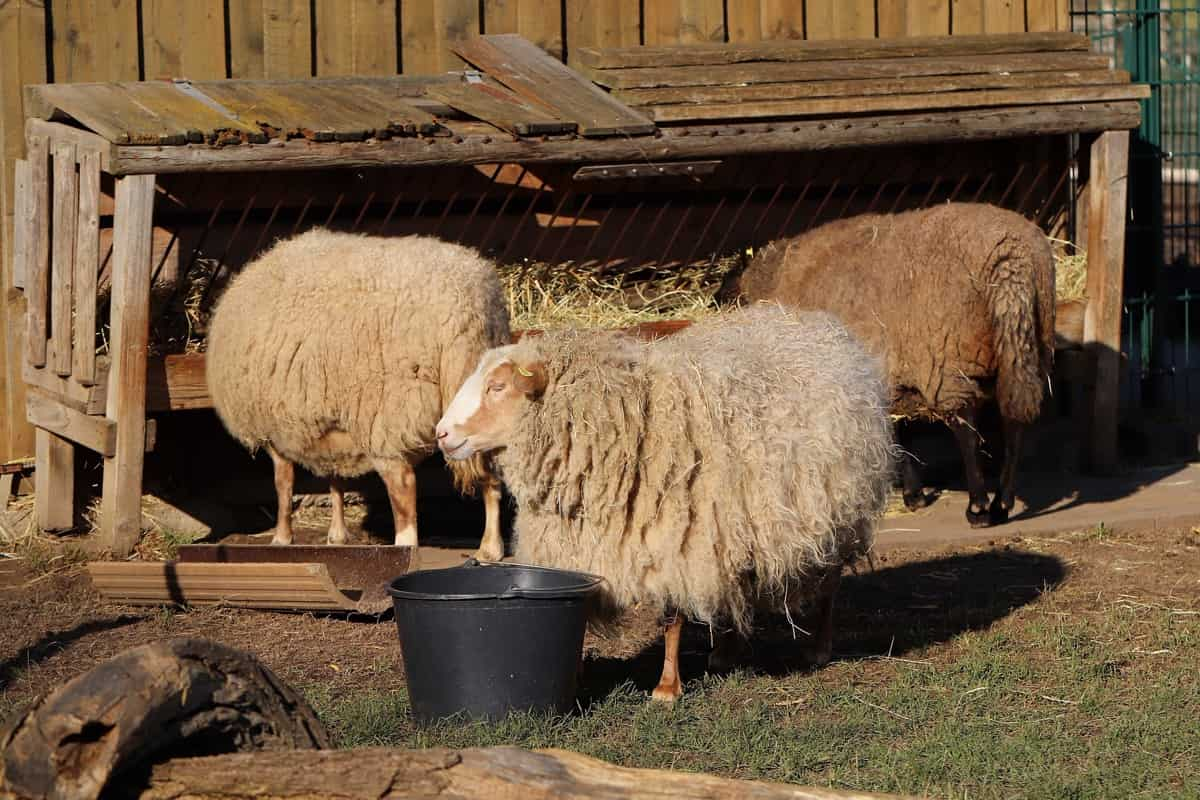
Improve pasture quality and quantity – This is an important factor in improving FCR. Ensure your pastures are healthy and productive so your sheep can get the most out of their grazing. The nutrient-rich feed will help improve FCR and your flock’s overall health and productivity.
Use supplements wisely – Supplements can be a great way to improve FCR, but only if used correctly. Over-supplementing can lead to lower FCR, so consult a nutritionist or veterinarian before using any supplements.
Monitor flock health – A healthy flock is a productive flock, so make sure you keep an eye on the health of your animals. Sick animals will have lower FCRs than healthy ones, so it’s important to address any health issues quickly and effectively. It is to keep a healthy flock of sheep. This means vaccinating them against diseases and parasites, as well as maintaining a good level of hygiene.
Avoid overfeeding – Another important factor is to avoid overfeeding your sheep. This can lead to them becoming overweight, leading to a lower FCR.
Good housing: It is important to provide suitable housing for your sheep. This includes making sure they have enough space, as well as providing shelter from the elements.
Minimize stress: You should try to minimize stress levels in your sheep flock. This can be done by ensuring they have enough food, water, and a comfortable environment. Stress can also lead to a lower feed conversion ratio, so keep your sheep as stress-free as possible. In addition, good husbandry practices such as providing clean water and shelter and handling them gently will help to reduce stress levels.
Optimize waste management – Poorly managed waste can lead to contamination of the feed, reducing its nutrient content and decreasing feed conversion efficiency. Make sure you dispose of waste properly and keep the feeding area clean and tidy. You may consider giving your sheep supplements such as minerals and vitamins if their diet lacks these nutrients.
How to get optimum FCR in sheep farming?
The typical FCR for sheep ranges from 6:1 to 8:1, with lambs typically having higher FCRs than adult sheep. Therefore, improving the FCR is an important goal for sheep producers as it can lead to increased profitability and sustainability in sheep farming operations. Improving the Feed Conversion Ratio in sheep farming is essential for maximizing profits.
By following critical rules such as providing adequate and balanced nutrition, using quality feedstuffs, monitoring environmental conditions, and implementing a comprehensive health program, you can ensure that your FCR is optimized. By properly implementing these strategies, farmers can gain an edge over their competitors and increase profitability in their operations.
In case you missed it: Key Rules to Improve Feed Conversion Ratio (FCR) in Dairy Animals: For More Profits in Dairy Farming Business
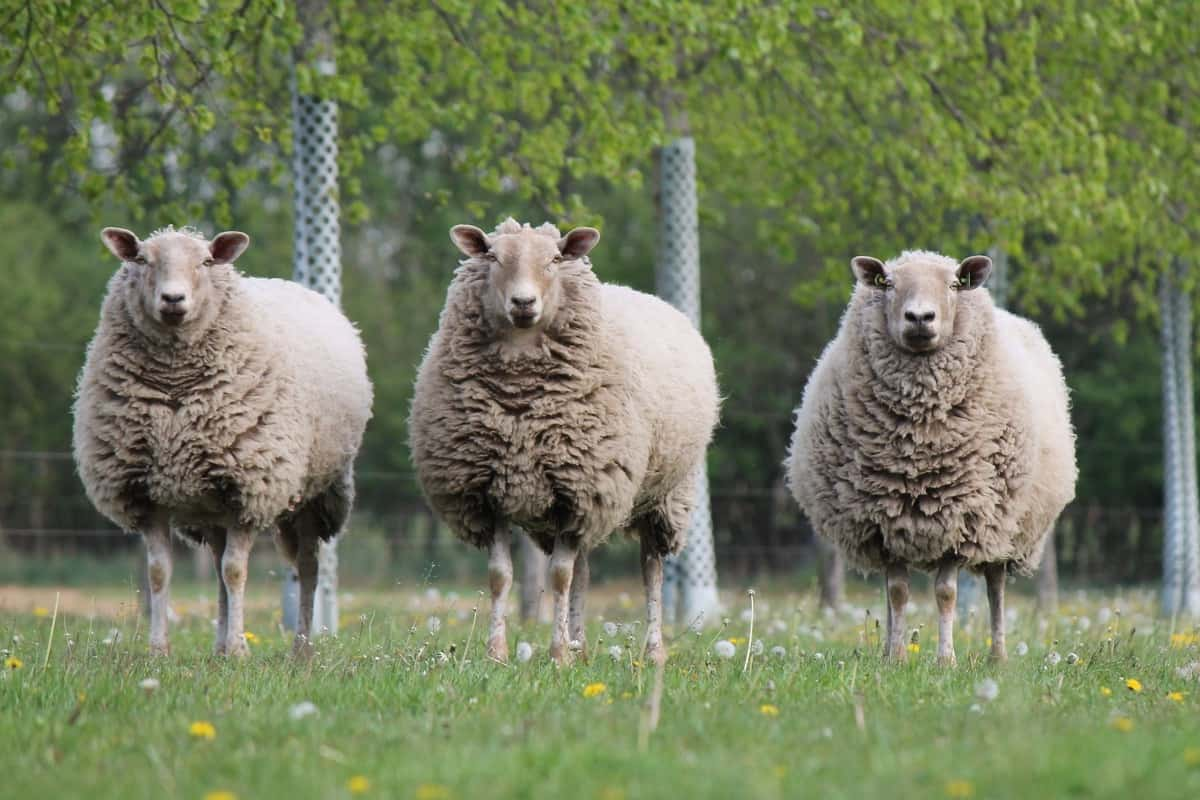
Ways to improve feed conversion ratio in sheep farming
- The primary way to improve FCR is by ensuring that your sheep have access to plenty of fresh water. This will help them digest their food and absorb more nutrients from it.
- One fundamental way is to ensure that the sheep have access to fresh, green pasture. Another is to provide them with a balanced diet that includes all the nutrients they need for optimal growth and health.
- It is also important to provide your sheep with a clean and comfortable environment in which to live. This includes their housing, pasture, and other areas where they may spend time, such as handling facilities or exercise pens.
- Another important factor in achieving optimum FCR is keeping your sheep healthy. This means providing them with clean water and a clean environment and protecting them from diseases and parasites. In addition, healthy sheep are better able to absorb nutrients from their feed, leading to higher FCR.
- Finally, you can improve FCR by selecting breeding stock with good feed conversion efficiency. This can be determined through genetic testing, and several different commercial sources are available.
The factors that affect FCR in rabbit farming
- Diet is the most important factor in the feed conversion ratio. A sheep’s diet should be high in energy and nutrients and low in fiber. Therefore, the type of feed you give your sheep can have a significant impact on their FCR. For example, corn is more digestible than wheat, so that it will result in a better FCR.
- Health is also an important factor in the feed conversion ratio. If your sheep are sick, they will not be able to convert food into energy as efficiently. So make sure to keep your sheep healthy by vaccinating them and providing them with clean water and fresh pasture.
- It is important to provide the sheep with proper care to improve FCR. This includes regular check-ups, vaccinations, and keeping their living quarters clean and parasite-free.
- Genetics plays a role in feed conversion ratio, but it is not much you can do about it. Some breeds of sheep are more efficient converters than others. However, you can select breeding stock based on their FCR performance.
- The environment in which your sheep are raised can also affect their feed conversion efficiency. Consider things like climate, pasture condition, and parasite pressure when making decisions about your flock’s management and husbandry practices.
- It also impacts the feed conversion ratio. If your sheep are kept in cramped conditions with little room to move around, they will not be able to eat as much as those with more space. Additionally, extreme temperatures can stress animals and reduce their appetite. Try to keep your sheep comfortable.
- Good management practices can go a long way in improving FCR in your flock. Things like providing clean, fresh water; maintaining proper housing; and minimizing stressors can all help to improve feed efficiency.
In case you missed it: Key Rules to Improve Feed Conversion Ratio (FCR) in Goats: For More Profits in Goat Farming
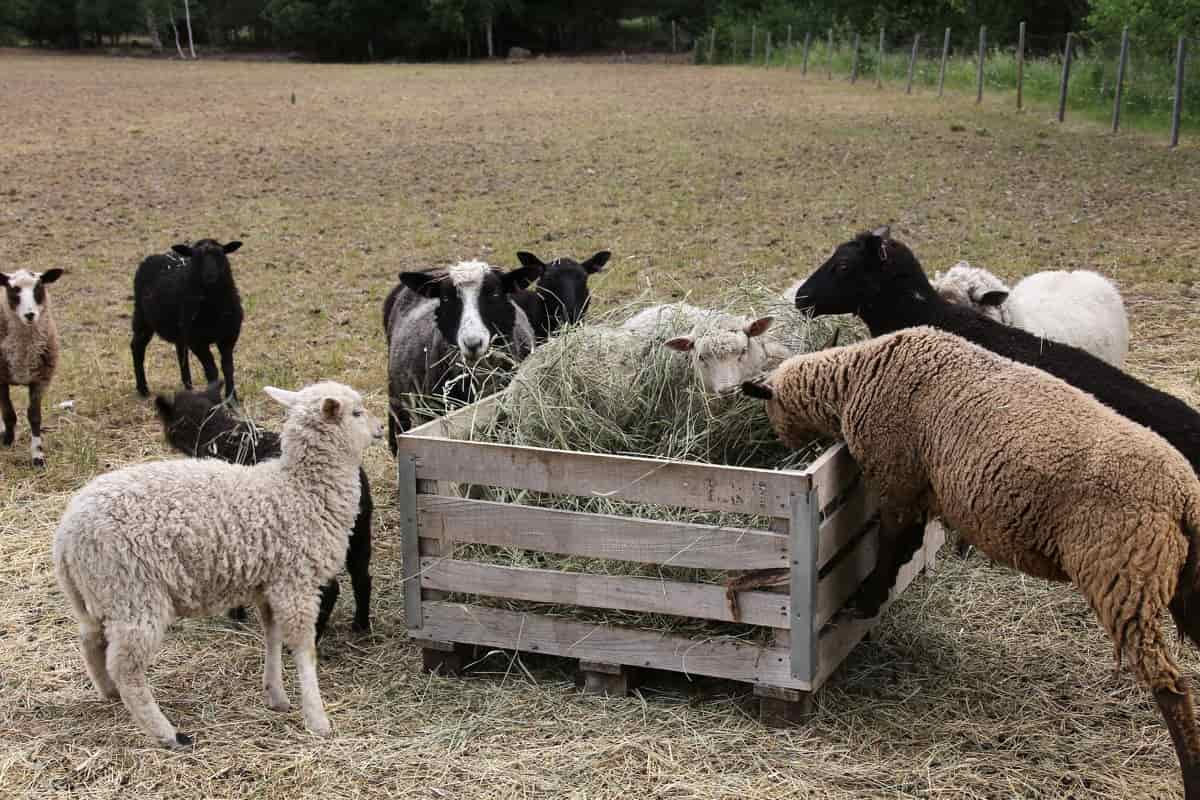
Conclusion
FCR is a key metric in sheep farming, as it measures the feed required to produce a unit of wool or meat. Therefore, improving FCR can significantly impact profitability, and sheep farmers should always look for ways to improve this key measurement.
- Types of Pesticides Used in Agriculture: A Beginner’s Guide
- Economical Aquaculture: A Guide to Low-Budget Fish Farming
- 15 Common Planting Errors That Can Doom Your Fruit Trees
- How to Make Houseplants Bushy: Effective Tips and Ideas
- Innovative Strategies for Boosting Coconut Pollination and Yield
- Pollination Strategies for Maximum Pumpkin Yield
- The Complete Guide to Chicken Fattening: Strategies for Maximum Growth
- Natural Solutions for Tulip Problems: 100% Effective Remedies for Leaf and Bulb-Related Issues
- Revolutionizing Citrus Preservation: Towards a Healthier, Greener Future
- Natural Solutions for Peony Leaf and Flower Problems: 100% Effective Remedies
- Maximizing Profits with Avocado Contract Farming in India: A Comprehensive Guide
- Natural Solutions for Hydrangea Problems: 100% Effective Remedies for Leaf and Flowers
- The Ultimate Guide to Choosing the Perfect Foliage Friend: Bringing Life Indoors
- From Sunlight to Sustainability: 15 Ways to Use Solar Technology in Agriculture
- The Ultimate Guide to Dong Tao Chicken: Exploring from History to Raising
- The Eco-Friendly Makeover: How to Convert Your Unused Swimming Pool into a Fish Pond
- Mastering the Art of Delaware Chicken Farming: Essentials for Healthy Backyard Flocks
- 20 Best Homemade Fertilizers for Money Plant: DIY Recipes and Application Methods
- How to Craft a Comprehensive Free-Range Chicken Farming Business Plan
- Brighten Your Flock: Raising Easter Egger Chickens for Beauty and Bounty
- How to Optimize Your Poultry Egg Farm Business Plan with These Strategies
- Subsidy for Spirulina Cultivation: How Indian Government Schemes Encouraging Spirulina Farmers
- Ultimate Guide to Raising Dominique Chickens: Breeding, Feeding, Egg-Production, and Care
- Mastering the Art of Raising Jersey Giant Chickens: Care, Feeding, and More
- Ultimate Guide to Raising Legbar Chickens: Breeding, Farming Practices, Diet, Egg-Production
- How to Raise Welsummer Chickens: A Comprehensive Guide for Beginners
- How to Protect Indoor Plants in Winter: A Comprehensive Guide
- Ultimate Guide to Grow Bag Gardening: Tips, Tricks, and Planting Ideas for Urban Gardeners
- Guide to Lotus Cultivation: How to Propagate, Plant, Grow, Care, Cost, and Profit
- Agriculture Drone Subsidy Scheme: Government Kisan Subsidy, License, and How to Apply Online
- Ultimate Guide to Raising Araucana Chickens: Breed Profile, Farming Economics, Diet, and Care
- Bringing Hydroponics to Classroom: Importance, Benefits of Learning for School Students
- Ultimate Guide to Raising Polish Chickens: Breed Profile, Farming Economics, Diet, and Care
- Ultimate Guide to Raising Australorp Chickens: Profile, Farming Economics, Egg Production, Diet, and Care
- Silkie Chicken Farming: Raising Practices, Varieties, Egg Production, Diet, and Care
- Sussex Chicken Farming: Raising Practices, Varieties, Egg Production, Diet and Care